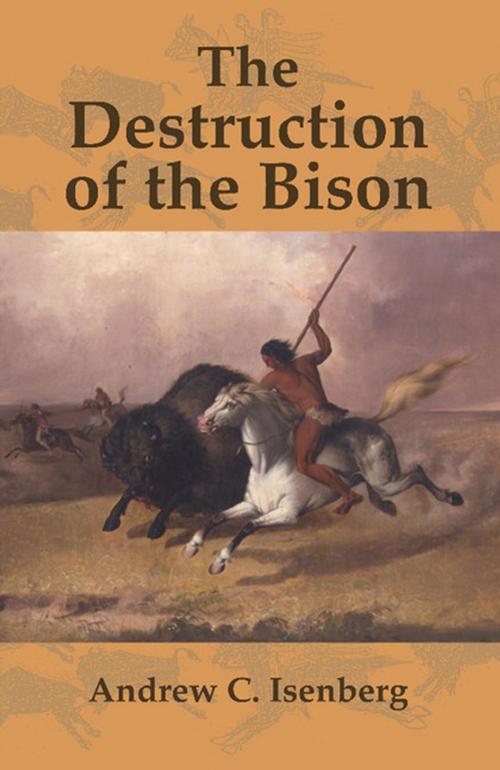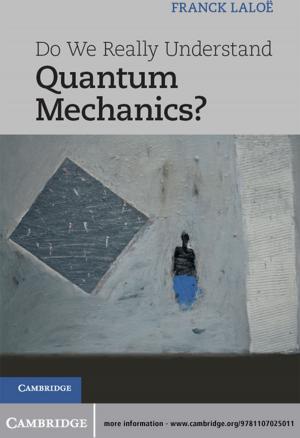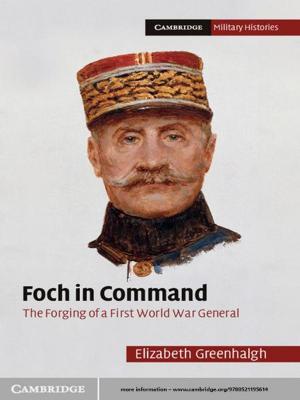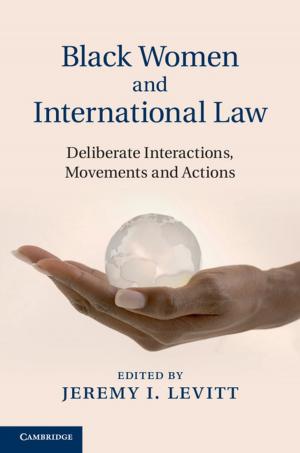The Destruction of the Bison
An Environmental History, 1750–1920
Nonfiction, History, Americas, United States| Author: | Andrew C. Isenberg | ISBN: | 9781107713468 |
| Publisher: | Cambridge University Press | Publication: | March 28, 2000 |
| Imprint: | Cambridge University Press | Language: | English |
| Author: | Andrew C. Isenberg |
| ISBN: | 9781107713468 |
| Publisher: | Cambridge University Press |
| Publication: | March 28, 2000 |
| Imprint: | Cambridge University Press |
| Language: | English |
The Destruction of the Bison, first published in 2000, explains the decline of the North American bison population from an estimated 30 million in 1800 to fewer than a thousand a century later. In this wide-ranging, interdisciplinary study, Andrew C. Isenberg argues that the cultural and ecological encounter between Native Americans and Euroamericans in the Great Plains was the central cause of the near-extinction of the bison. Cultural and ecological interactions created new types of bison hunters on both sides of the encounter: mounted Indian nomads and Euroamerican industrial hidemen. Together with environmental pressures these hunters nearly extinguished the bison. In the early twentieth century, nostalgia about the very cultural strife which first threatened the bison became, ironically, an important impetus to its preservation.
The Destruction of the Bison, first published in 2000, explains the decline of the North American bison population from an estimated 30 million in 1800 to fewer than a thousand a century later. In this wide-ranging, interdisciplinary study, Andrew C. Isenberg argues that the cultural and ecological encounter between Native Americans and Euroamericans in the Great Plains was the central cause of the near-extinction of the bison. Cultural and ecological interactions created new types of bison hunters on both sides of the encounter: mounted Indian nomads and Euroamerican industrial hidemen. Together with environmental pressures these hunters nearly extinguished the bison. In the early twentieth century, nostalgia about the very cultural strife which first threatened the bison became, ironically, an important impetus to its preservation.















